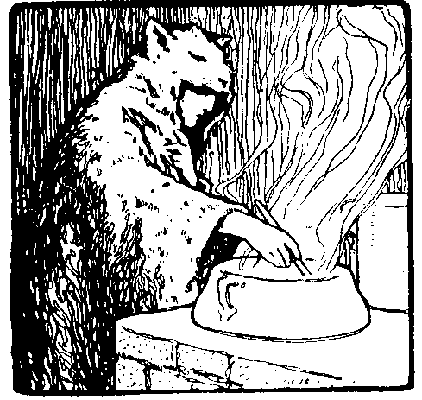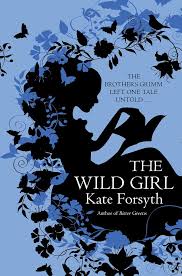Most people imagine the brothers as elderly men in medieval costume, travelling around the countryside asking for tales from old women bent over their spinning wheels, or wizened shepherds tending their flocks. The truth is that they were young men in their twenties, living at the same time as Jane Austen and Lord Byron.
(Forsyth’s foreword)
The Wild Girl tells the story of Dortchen Wild, a strong young woman who played a major part in assisting the Brothers Grimm in the collection of their fairytales, and her love for Wilhelm Grimm. It’s a story that is often overlooked when discussing the Brothers Grimm, as Forsyth implies in her foreword, and this novel explores their youthful hope and dreams that just blows me away.
I adore Kate Forsyth’s works. I’ve only come across her recently thanks to Stef (check out her blog here. She’s also reviewed this book too so check it out!) who allowed me to borrow her copy of Bitter Greens and graciously The Wild Girl when I decided Forsyth’s was brilliant! Both novels are enchanting. While Bitter Greens danced openly with magic and fairytales, The Wild Girl is more subtle in its use of magic and metaphor, the fairytales more subtle in the form of stories told in a kitchen or in a palour, reflecting the actual lives of these people. The characters of Dortchen Wild and Wilhelm Grimm are real enough to grasp, Forsyth filling in the gaps and painting a world that these people, as real as you and me, could’ve potentially existed in.
Having been a fan of the Grimm fairytales since before I could read, I devoured this novel in one morning and was completely satisfied as I turned the last page. I still have a picture book of “Cinderella” that I delight in showing my friends as the written story follows a more G rated version while the pictures show the evil step-mother holding up a sharp knife as she contemplates her daughter’s foot. As much as I enjoyed the Disney-fied versions of these stories as I was growing up, the dark and at times disturbing nature of the Grimm fairytales thrilled me and still do.

Illustration von Otto Ubbelohde
Allerleirauh (All-Kinds-of-Fur) by the Brothers Grimm
The familiar fairytales of “Hansel and Gretel” and my favourite “All-Kinds-of-Fur” (I remember the gentler edition as “Thousand Furs” or “Donkey Skin”) offered me glimpses into the lives of the story-tellers, difficult and at times frightening, as the Wild and Grimm family struggled to survive during the Napoleonic Wars in the small German kingdom of Hesse-Cassel.
Forsyth’s writing is as magical as her story. Her characters burst from the page and are familiar as they tackle issues we still confront today. The Wild sisters delight in dressing up in the latest fashions to attend balls, Dortchen desires to educate herself so she can keep up with the Grimm brothers and their friends, and both the Wild and Grimm siblings struggle with the typical sibling rivalry that I remember from my own childhood (even though I only had one brother and one sister. How I’d cope with five sisters and a brother is beyond imagining!).
Kate Forsyth is an Aussie writer and her historical fiction goes above expectations. If you haven’t read The Wild Girl or Bitter Greens then you should. Now. Right now.

